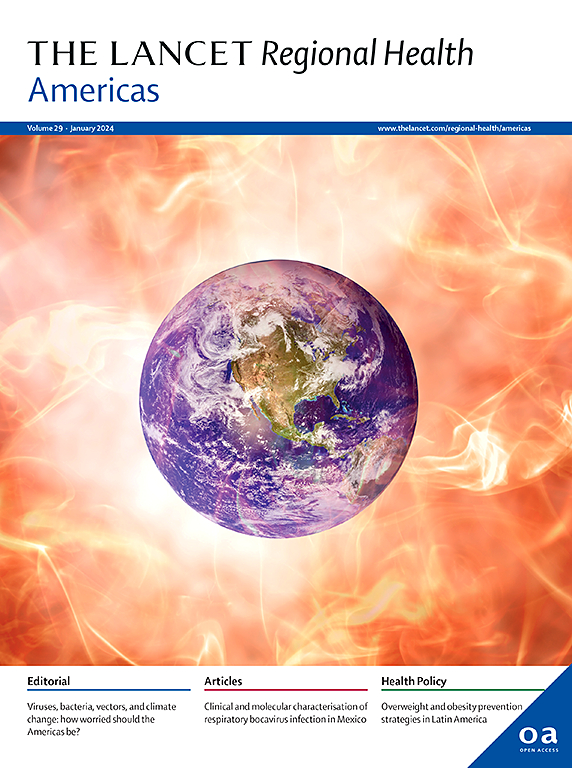SARS-COV-2 re-infection and incidence of post-acute sequelae of COVID-19 (PASC) among essential workers in New York: a retrospective cohort study
IF 7
Q1 HEALTH CARE SCIENCES & SERVICES
引用次数: 0
Abstract
Background
After surviving Coronavirus Disease 2019 (COVID-19), some people develop symptoms known as post-acute sequelae of COVID-19 (PASC). PASC is an emerging phenomenon yet to be fully understood, and identifying risk factors has been challenging. This study investigated the association between the number of COVID-19 episodes and the incidence of PASC among essential workers.
Methods
We analyzed data from 2511 essential workers, mainly first responders, with confirmed polymerase chain reaction, antibody, or antigen-positive test results for SARS-CoV-2 infection from March 2020 to February 2024. Data were collected through in-person questionnaires and surveys sent via text and email, internal medical records, follow-up calls, and external medical records. Participants who reported continuation or the development of new symptoms three months after the initial SARS-CoV-2 infection, with symptoms lasting for at least two months, were categorized as having PASC, while those without any COVID-19 or whose symptoms resolved were classified as non-PASC. PASC was common in this cohort so we used a Poisson regression model to compute multivariable-adjusted Relative Risk (RR) for the association between risk of PASC and SARS-CoV-2 re-infection, severity, and vaccination status at first infection.
Findings
A total of 475 (prevalence = 18.9%, [95% confidence interval] = [17.4–20.5]) PASC patients were identified. The mean (standard deviation (SD)) age of participants who experienced PASC (54.8 (7.2) years) was similar to those who did not (54.2 (7.4) years). There were 403 (16.1% [14.6–17.5]) participants who experienced multiple instances of COVID-19. After adjusting for relevant demographic, lifestyle, and clinical variables, we found a significant association between the risk of experiencing PASC and multiple SARS-COV-2 infections (RR = 1.41 [1.14–1.74]), severe COVID-19 (RR = 3.17 [2.41–4.16]), and being unvaccinated at first infection (RR = 3.29 [2.46–4.41]).
Interpretation
Although the pathogenetic mechanism for PASC remains unclear, identifying risk factors such as lack of vaccination or re-infection can assist in better understanding and managing the condition.
Funding
National Institute on Aging (NIH/NIA R01 AG049953) and Centers for Disease Control and Prevention (CDC/NIOSH U01 OH011864) and (CDC/NIOSH U01 OH012275).
求助全文
约1分钟内获得全文
求助全文
来源期刊

Lancet Regional Health-Americas
Multiple-
CiteScore
8.00
自引率
0.00%
发文量
0
期刊介绍:
The Lancet Regional Health – Americas, an open-access journal, contributes to The Lancet's global initiative by focusing on health-care quality and access in the Americas. It aims to advance clinical practice and health policy in the region, promoting better health outcomes. The journal publishes high-quality original research advocating change or shedding light on clinical practice and health policy. It welcomes submissions on various regional health topics, including infectious diseases, non-communicable diseases, child and adolescent health, maternal and reproductive health, emergency care, health policy, and health equity.
 求助内容:
求助内容: 应助结果提醒方式:
应助结果提醒方式:


